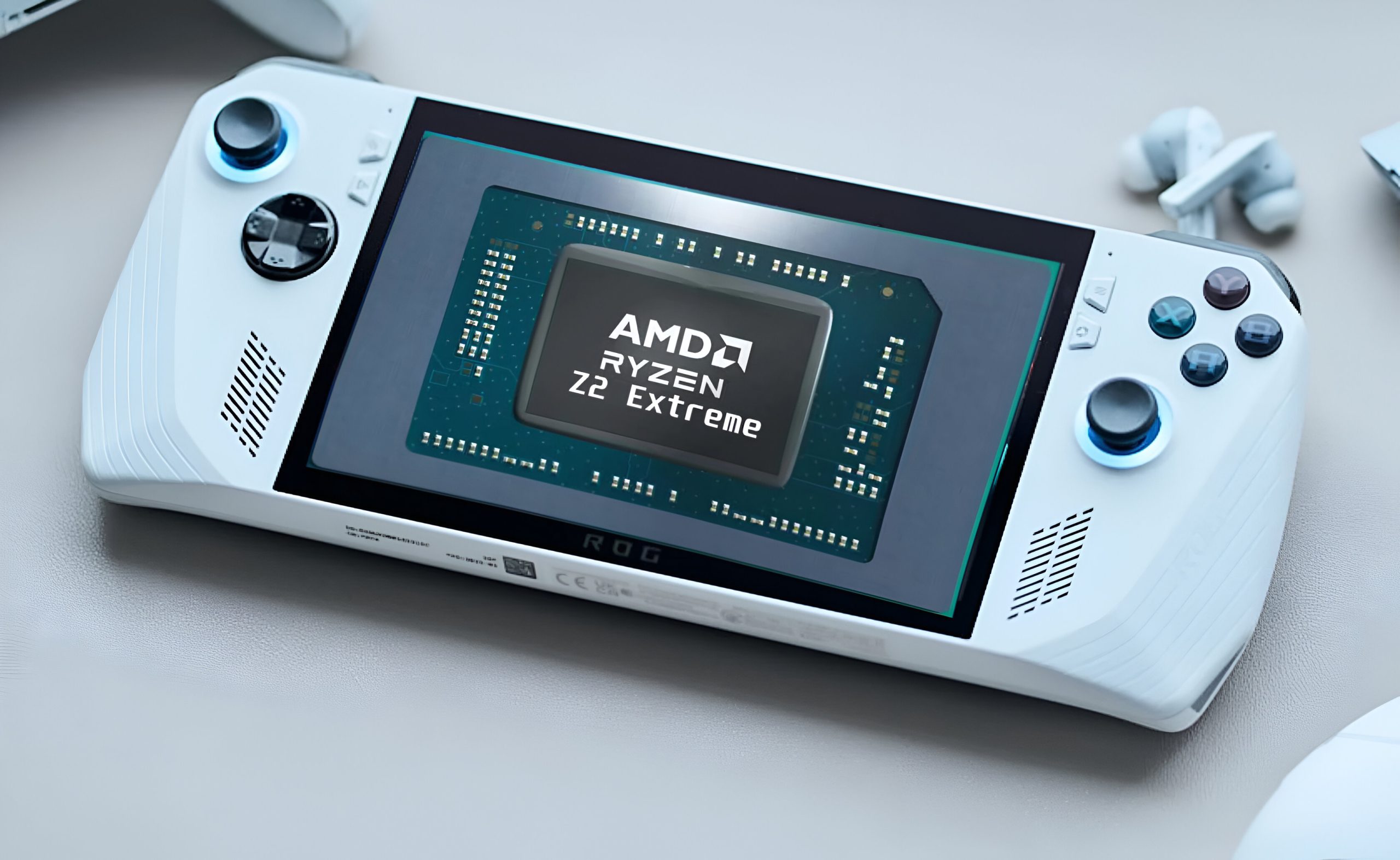Xiaomi HyperOS India Release Confirmed – In October 2023, Xiaomi unveiled HyperOS, its next user interface. The business had previously stated that it intended to release HyperOS to additional devices in the first quarter of this year. The new user interface was initially unveiled with the Xiaomi 14 series. The Chinese OEM announced that the HyperOS upgrade will be available worldwide for several Xiaomi, Redmi, and Poco products, including tablets and smartphones. The official tease for the new UI’s rollout in India has finally been made. The initial devices in the nation to receive the HyperOS update have also been confirmed by the company.

Anuj Sharma, the CMO of Xiaomi India, posted a teaser on X (previously Twitter) indicating that HyperOS will soon be available in India. A graphic featuring the words “Coming to India” and the HyperOS logo is attached to the post. Sharma stated in the caption that 2024 will be a significant year for Xiaomi India, full of tons of action.
Related- Worldcoin no longer offers Orb-verification in Brazil, India, and France
Meanwhile, the new operating system will begin to roll out in India this month, according to the Xiaomi HyperOS India (@XiaomiHyperOSIN) page on X. The Xiaomi 13 Pro and Xiaomi Pad 6, which both come with MIUI 14 based on Android 13 out of the box, will be the first handsets in the nation to receive the HyperOS update.
The Xiaomi 13 Ultra, Xiaomi 13, Xiaomi 13T Pro, Xiaomi 13T, Redmi Note 12, and Redmi Note 12S will all receive the HyperOS upgrade globally in the first quarter of this year, the company previously said. These two devices are the only ones that will not receive the update. According to reports, all qualified phones running the stable HyperOS version receive frequent over-the-air (OTA) upgrades, much like other smartphone owners.
Based on Linux and the company’s own Vela system, Xiaomi HyperOS is designed to maximize a phone’s performance regardless of RAM capacity. It presents itself as a human-centric operating system that seamlessly integrates with cars, smart home appliances, and personal gadgets to give users a modernized smart ecosystem experience. The user interface (UI) has an AI subsystem, cross-device connectivity, and AI-powered enhancements to pre-existing UI elements.















